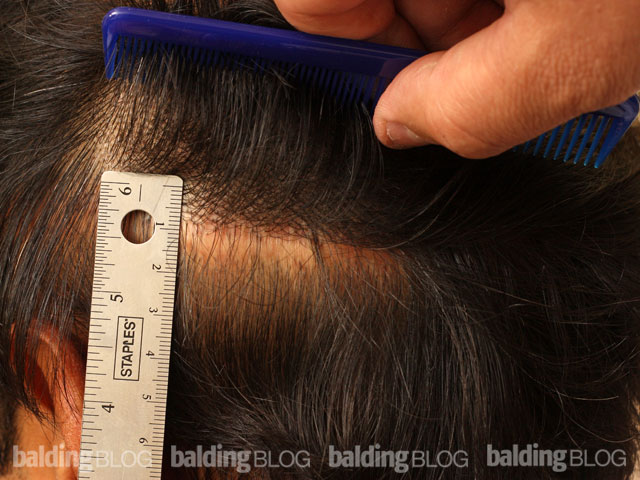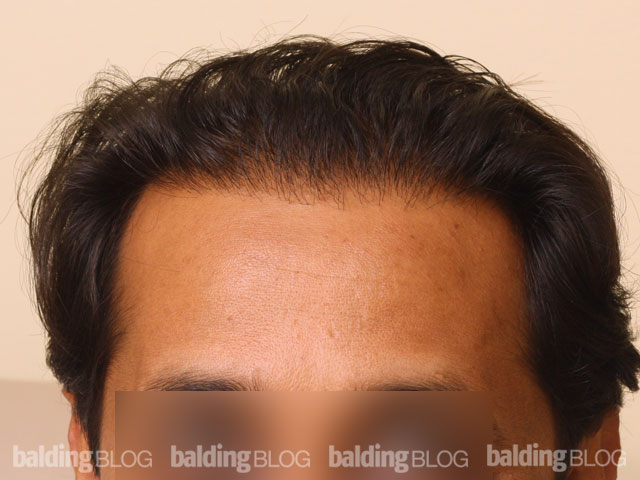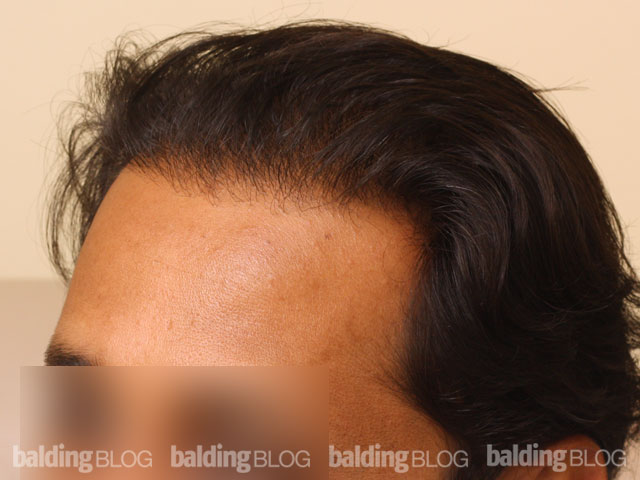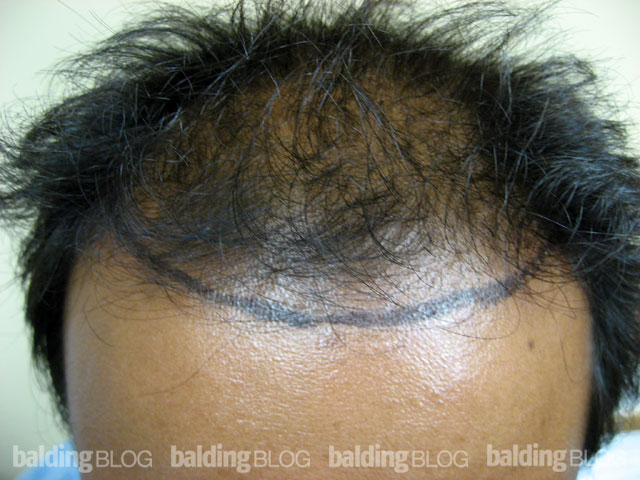Hi Doctor Rassman,
I have a few questions concerning transplants.
— How big of an issue is scalp laxity? I.e., do you often have patients who still possess donor hair, but who are unable to have FUT a 2nd/3rd/4th time because their scalp has become too tight? Should this be a concern in planning for the future?
— You’ve said that one of the drawbacks of FUE is that it can waste precious donor hair (i.e. some hair doesn’t survive the transplant procedure?) — just how much hair might be “wasted” by going with FUE rather than FUT?
— Why are some readers so concerned about FUT scars? In most of the photos I’ve seen, the scar is a very thin hairless line — not a repulsive, gnarled mass or anything like that. Even if one cropped one’s hair short so that the scar were visible, what’s the big deal?
Thank you so much for taking the time to do this blog.
Scalp laxity become tighter after successive procedure, but this is not usual. The use of scalp exercises solves the problem. It sometimes takes 30 minutes/day for 3 months to adequately address the scalp laxity.
In our original article when we introduced the FUE technique a decade ago, we reported a situation where patients differed with transection rates. We believe that if you assume that the surgeon does FUE perfectly, that some percentage of patients will have unacceptably high transection rates. Although this has become less of a problem as we perfected our FUE skills, it is still present in about 10% of patients. It will be interesting to see if the ARTAS robot can impact these problems in those patients. As Dr. Robert Bernstein (co-author on the original FUE article) just got an ARTAS robot, it will be interesting to see if he experiences the 10% patient problems with transection. FUT should produce less than 5% damage in the hands of a good surgeon.
FUT scars are, as you said, not a problem in 95% of patients on the first procedure. Rarely can you see the scar when the hair is kept long. Even after a second procedure the incidence of scarring is not high either, but if it can be seen, it is only seen if the hair is cut very short or if one lifts the hair to examine it. I would ask, even if the scar is visible, how many times would a person with such a scar that is hidden with longer hair (1 inch in length) gets stopped on the street and asked about it.
Tags: scarring, laxity, hair transplant, hairloss, hair loss






